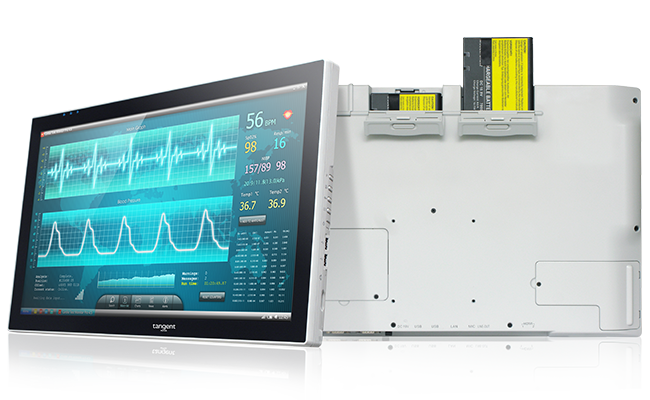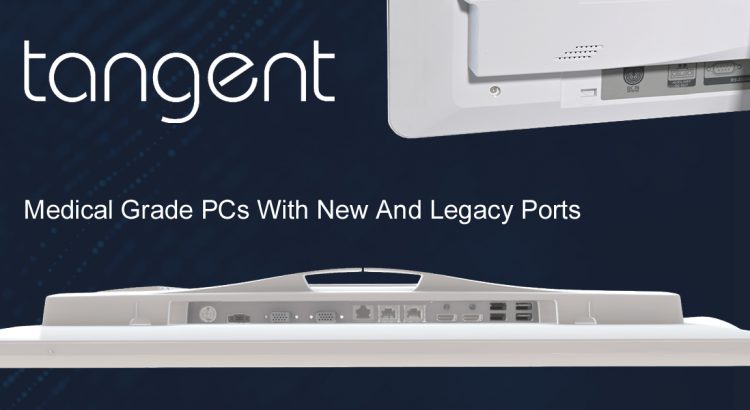The medical grade computers of today look a lot different from their predecessors. They are smaller, faster, and more hygienic than earlier computers. While you have probably noticed most of these changes, there is one subtle area that is easy to forget: input and output ports. Input and output ports, shortened as IO ports, have changed dramatically in the last 20 years. USB ports and cables have taken over as the dominant method to transfer data. However, many devices still use legacy ports, such as serial ports. These serial ports support many medical devices that hospitals continue to rely on.
What Are Serial Ports?
Serial ports work in much the same way that standard USB ports do today from a functional perspective. Serial ports can be used to connect printers, PC peripherals, and legacy medical devices to medical grade computers. From a technical perspective however, they differ drastically.
The term “serial ports” actually refers to a collection of different standard ports, much like how there are different versions of USB in use today. These ports are also referred to as COM ports, however this term actually refers to the software mark for reading the hardware port itself. Three COM port standards were widely used, with the most common being the RS-232 version. This version is sometimes also referred to as RS-485/422.
Do Medical Grade Computers Still Need RS-232 Ports?
RS-232 ports were once widely used for data transfer between devices. As USB took over serial communication ports, RS-232 ports were removed from motherboards to make room for them. Likewise, devices switched over to USB cables to better connect to new medical grade computers.
While the transition to faster USB largely made sense, in some niche areas it did not. Medical devices that were meant to last for years were built with COM ports in mind. These devices are still compatible with modern medical grade computers in every other regard, but required adapters.
While adapters are certainly fine for most applications, they can become a hassle when they inevitably become lost. As adapters require USB ports, there’s a good chance that doctors will have to unplug them when not using their legacy devices. Before long, doctors lose these adapters, giving IT more headaches.
Medical Grade Computers With Serial Ports
Not every medical grade computer company stopped including these ports, however. Many Tangent medical computers still come with legacy ports like RS-232. The Medix T-24B comes equipped with 4 DB9 serial ports standard. Doctors can make use of up to four legacy medical devices at once, without needing to keep track of a variety of dongles to do so.

Medix T24B
The KW Series from Tangent also features 2 RJ48 Serial ports for legacy devices as well. With a wide range of IO ports to choose from, Tangent’s lineup of medical grade computers has something for every medical device.
Keeping Legacy Equipment Online
Tangent medical grade computers are built with the reality of hospitals in mind. Sometimes your doctors and nurses will use older equipment that functions fine on a routine basis. Tangent’s computers are designed to keep this legacy equipment functional, and your hospital moving. For more information, contact Tangent Sales today.
